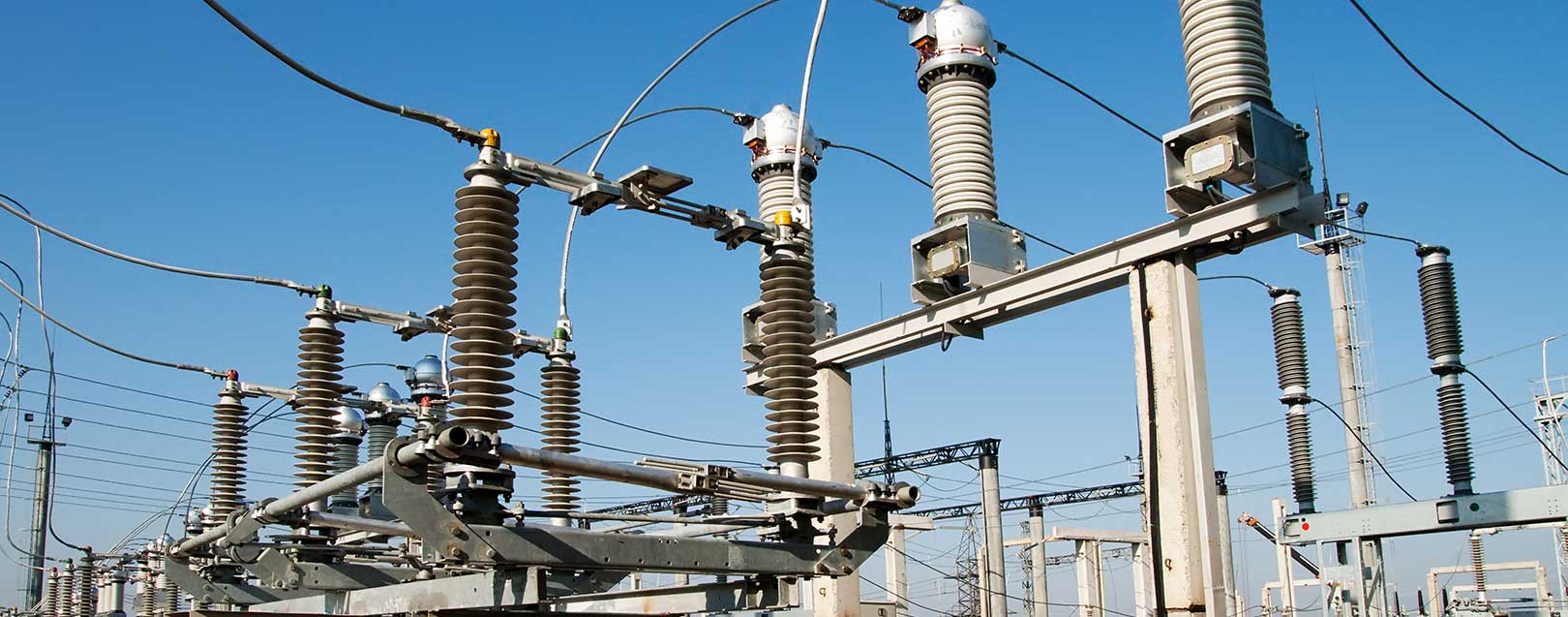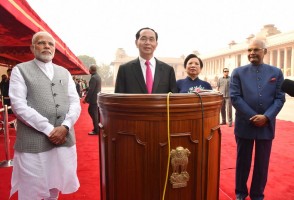
India's power deficit may reach 5.6% in FY22
The Dollar Business Bureau
India’s power deficit may climb to 5.6% in FY2022 from a 2.6% of peak demand in FY2016, a recent ASSOCHAM-PwC joint study has noted.
As demand begins to overtake supply, India would require 7% annual growth in electricity supply, in order to keep up with annual GDP growth rate of about 8-9%.
“Availability of reliable, affordable and sustainable electricity is an essential requirement for propelling the India growth story and all potential sources of energy will need to be tapped to meet the envisaged demand and ensure its energy security,” the study titled ‘Hydropower @ Crossroads said.
In order to achieve 1800 kilowatt-hour (kWh) per capita consumption to provide electricity to 300 million people by 2034, the country would require an additional power supply of 450 gigawatts (GW). And hydropower, with a total capacity of 148 gigawatts (GW), can significantly contribute towards meeting India’s future energy needs.
“Hydropower can play a crucial role in India’s sustainable development and energy security given that it meets the criteria of sustainability, availability, reliability and affordability,” said the study.
The study further pointed out that a higher dependency on thermal generation sources pose a threat to energy security in the areas of long-run economic viability, fuel availability and environmental sustainability.
The share of hydropower in India’s energy generation has decreased substantially, owing to various factors such as delays in procuring clearance and approvals, environmental concerns, inadequate technical and financial capability of developers, land acquisition problems, rehabilitation and resettlement (R&R) issues and water sharing disputes.
Highlighting the urge to expedite various clearances to facilitate a smooth establishment of hydropower projects, the ASSOCHAM-PwC study suggested the government should form a specialised institution to facilitating large infrastructure projects, allow adequate fiscal incentives in terms of tax holiday, exempt custom duty and Value Added Tax (VAT) and initiate viability gap funding (VGF).
“The Government of India may create a special hydropower development fund or can use the clean energy fund to provide loans to hydro projects at a lower rate of interest,” recommended the ASSOCHAM-PwC study.
The study also suggested the formation of a Central Electricity Regulatory Commission (CERC), in order to facilitate market-based instruments such as hydropower purchase obligations (HPOs), to incentivise hydropower projects.





